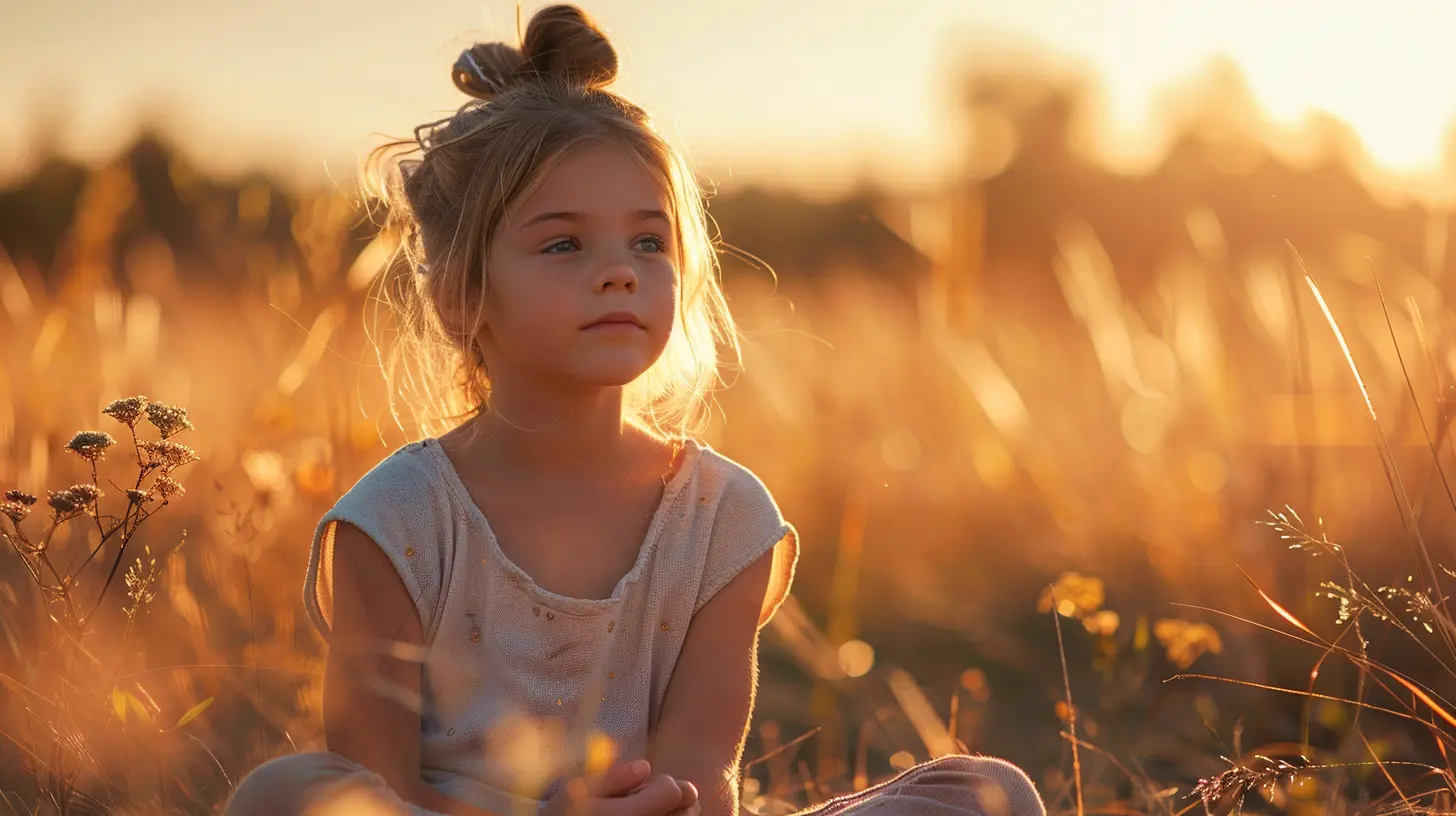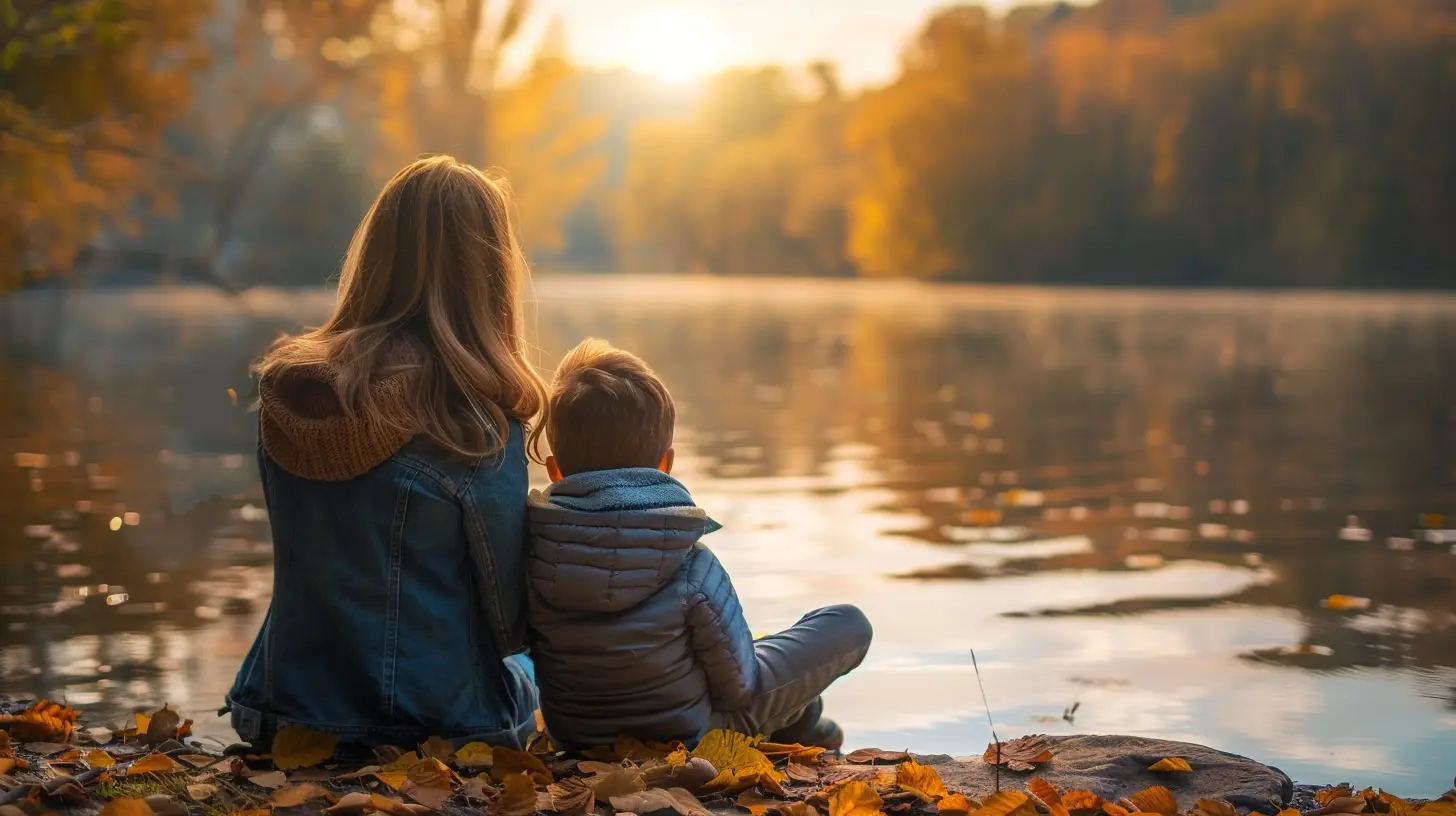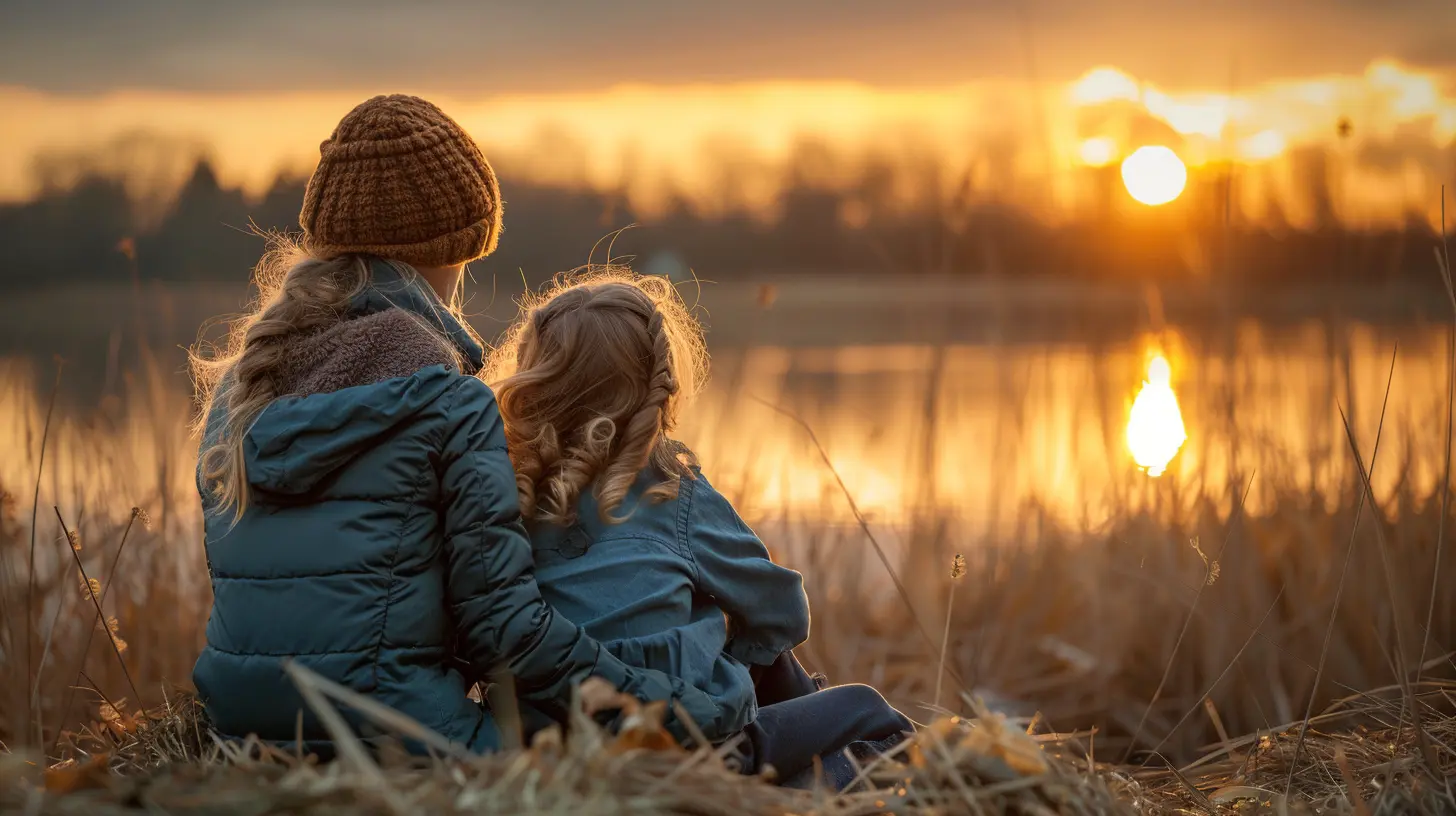Teaching Mindfulness to Kids Through Everyday Activities
25 July 2025
Have you ever watched a child completely immersed in play, completely unaware of the world around them? That’s mindfulness in its purest form. But as kids grow, distractions take over—TV, video games, social media, and the endless chatter of the modern world. So, how do we help them slow down and reconnect with the present moment?
The answer is surprisingly simple: We weave mindfulness into their daily routines. No need for fancy meditation classes or elaborate exercises. Just everyday moments turned into mindful experiences.

Why Mindfulness Matters for Kids
Before we get into the "how," let’s talk about the "why."Mindfulness isn’t just about sitting cross-legged in silence. It’s about being fully present, fully engaged, and aware of what’s happening in the now. For kids, practicing mindfulness can:
- Reduce stress and anxiety
- Improve focus and concentration
- Boost emotional regulation
- Enhance self-awareness and empathy
- Strengthen relationships with family and friends
When kids learn mindfulness, they develop skills that help them handle life’s ups and downs with grace and resilience. And the best part? You don’t need to carve out extra time in your day. You just need to be intentional with what you already do.

Turning Everyday Activities Into Mindful Moments
1. Mindful Eating: The Magic of a Single Bite
Ever noticed how kids rush through meals like they’re competing in a food race? Mindful eating teaches them to slow down and truly experience their food.Try this: The next time your child eats a snack, ask them to take one slow bite. Have them notice the taste, texture, and smell. Is it sweet or salty? Crunchy or soft? Warm or cold?
This simple practice not only improves digestion but also cultivates gratitude for food. Plus, it makes eating way more enjoyable!
2. Mindful Breathing: The Superpower Kids Didn’t Know They Had
Breathing—something we do all the time but rarely pay attention to. And yet, mindful breathing is one of the most powerful calming techniques for kids.Here’s a fun exercise: Teach them “balloon breathing.”
- Ask them to imagine their belly as a big balloon.
- Inhale deeply through the nose, filling the balloon.
- Slowly exhale through the mouth, deflating the balloon.
It’s simple, effective, and great for those moments when emotions start to bubble over.
3. Mindful Walking: Turning Every Step Into an Adventure
A walk isn’t just a walk—it’s a chance to practice mindfulness.The next time you go for a walk with your child, turn it into a game. Have them notice ten things they’ve never paid attention to before. Maybe the way the leaves rustle in the wind, the sound of their footsteps, or the patterns on the sidewalk.
The goal? To make them aware of the little details they usually miss. It’s like opening their eyes to a new world—one they’ve been too busy to see.
4. Mindful Listening: The Sounds We Usually Ignore
Our world is noisy, and kids are constantly bombarded with sounds. But how often do they actually listen?Try this: Sit quietly with your child for one minute. Ask them to close their eyes and name five different sounds they hear. Maybe the hum of the fridge, birds chirping, or the distant sound of a car horn.
This exercise sharpens their focus, helping them become more in tune with their surroundings.
5. Mindful Coloring: Creativity Meets Calm
There’s something almost magical about coloring—it’s like meditation with crayons.Encourage your child to color slowly and mindfully. Ask them to notice how each color makes them feel or how the crayon glides across the paper. This keeps them engaged, focused, and relaxed.
Mindful coloring is especially great for kids who struggle with sitting still. It gives their hands something to do while their minds settle.
6. Mindful Bedtime: Ending the Day with Gratitude
Bedtime isn’t just about brushing teeth and reading a story—it’s also a perfect time for mindfulness.Before your child drifts off to sleep, ask them to name three good things that happened that day. It could be something as simple as playing with a friend, eating their favorite snack, or laughing at a silly joke.
This practice shifts their focus from stress to gratitude, helping them end the day on a positive note.

Making Mindfulness a Daily Habit
Building mindfulness into daily life doesn’t have to be complicated. The secret? Consistency.Here are some tips to make mindfulness a natural part of your child’s routine:
- Lead by example: Kids mimic what they see. If you practice mindfulness, they’ll follow.
- Keep it fun: Turn mindfulness into a game rather than a chore.
- Be patient: Some days it’ll click, other days it won’t—and that’s okay.
- Celebrate effort: Praise your child for simply trying, not for doing it "perfectly."
The goal isn’t to turn them into mini-meditation gurus. It’s to help them slow down, pay attention, and enjoy the present moment.

The Long-Term Benefits of Teaching Mindfulness to Kids
When kids practice mindfulness regularly, it becomes second nature. They develop emotional strength, better decision-making skills, and the ability to handle stress effectively.Imagine your child navigating life’s challenges with a sense of calm, focus, and self-awareness. That’s the power of mindfulness. And the best part? It starts with you, right here, right now, in the small moments of everyday life.
So, are you ready to plant the seeds of mindfulness in your child’s life? All it takes is one mindful moment at a time.
all images in this post were generated using AI tools
Category:
MotherhoodAuthor:

Noah Sawyer
Discussion
rate this article
1 comments
Lisette Wyatt
Teaching mindfulness to kids? Just remember: if they can focus on finding their shoes, they can surely master the art of being present—one lost sock at a time!
August 7, 2025 at 4:29 AM

Noah Sawyer
Absolutely! Mindfulness can be woven into daily tasks, helping kids practice presence in fun and relatable ways. Finding those lost socks can be a great start!


